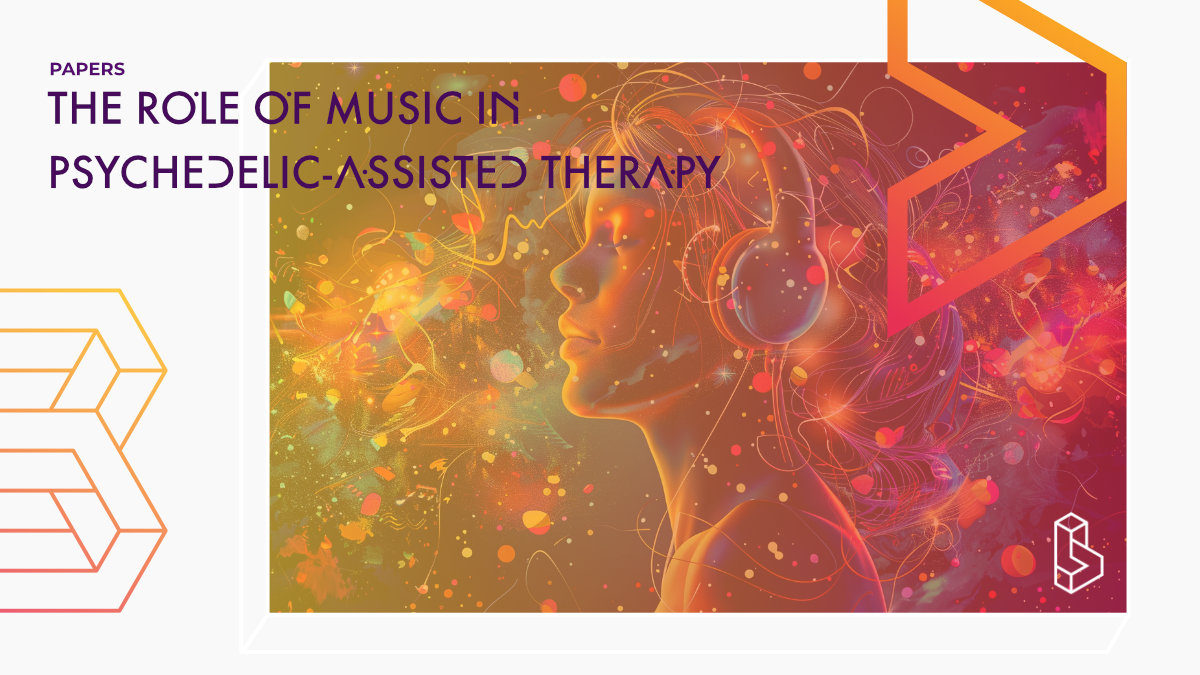This review (2024) evaluates the role of music in psychedelic-assisted therapies (PAT) and indigenous entheogenic ceremonies. It examines neuroscientific, psychological, and anthropological research, highlighting the need for personalized music protocols and the integration of traditional practices into modern treatment models to enhance clinical outcomes.
Abstract of The Role of Music in Psychedelic-Assisted Therapy
“Music is deeply rooted in the human experience as well as a fundamental part of psychedelic-assisted therapies (PAT) and entheogenic ceremonies. Although a large body of research exists highlighting the importance of music from rehabilitative, psychological, neurobiological, anthropological, religious, and sociological contexts, there is limited scientific literature regarding the specific relevance of music in PAT and indigenous entheogenic ritual as a means of enhancing clinical outcomes. As demand for mental health services continues to grow and awareness of the medicinal benefits of psychedelic substances to treat mental and neurological conditions increases, a new wave of interest has emerged to support the development of care models, including how music is used during PAT. Music is a reliable cornerstone in therapeutic and ritualistic spaces using psychedelics, however there is still an immense opportunity to cultivate PAT models with interdisciplinary, evidence-informed perspectives and thoughtful analysis of music use in treatment. To contribute to this development, this review evaluates neuroscientific, psychological, and anthropological research on the neural and cognitive underpinnings of music as well as music use with psychedelics both in modern research settings and indigenous entheogenic ceremonies. In addition, personalized approaches to music protocols in PAT, how music use in traditional rituals may help inform best practices, and the need for researchers to specify music protocols in treatment models are detailed. Consideration of carefully respecting the bridging of indigenous practices and current medical models is discussed to highlight areas for future development.”
Authors: Amanda A. Efthimiou, Amanda M. Cardinale & Agnieszka Kepa
Summary of The Role of Music in Psychedelic-Assisted Therapy
Music has been found to be a central component of physical and spiritual healing in ceremonies using psychedelics, and individuals who experience psychedelic-assisted therapies often describe music as a significant influence in their overall experience.
Researchers are evaluating evidence and historical practices to form current treatment models for mental health treatment, which includes the careful cultivation of music and how it influences neurobiological, psychological, emotional, and social aspects of treatment and ongoing care.
Psychedelic-assisted therapy (PAT) involves lying down and listening to music throughout the session. Music is believed to facilitate and enhance the therapeutic experience and should be considered an imperative part of the therapeutic process.
Overview of Psychedelic Treatments for Mental Health
Find this paper
https://doi.org/10.1089/psymed.2023.0058
Paywall | Google Scholar | Backup | 🕊
Cite this paper (APA)
Efthimiou, A. A., Cardinale, A. M., & Kepa, A. (2024). The Role of Music in Psychedelic-Assisted Therapy: A Comparative Analysis of Neuroscientific Research, Indigenous Entheogenic Ritual, and Contemporary Care Models. Psychedelic Medicine.
Study details
Topics studied
Music
Study characteristics
Literature Review
Theory Building
Bio/Neuro

